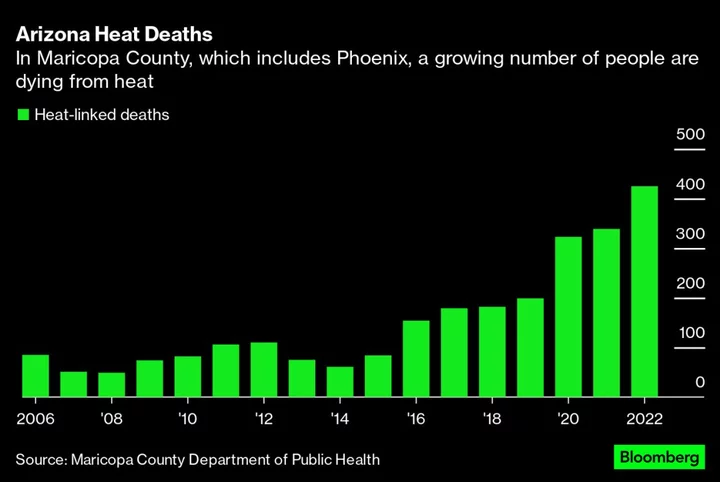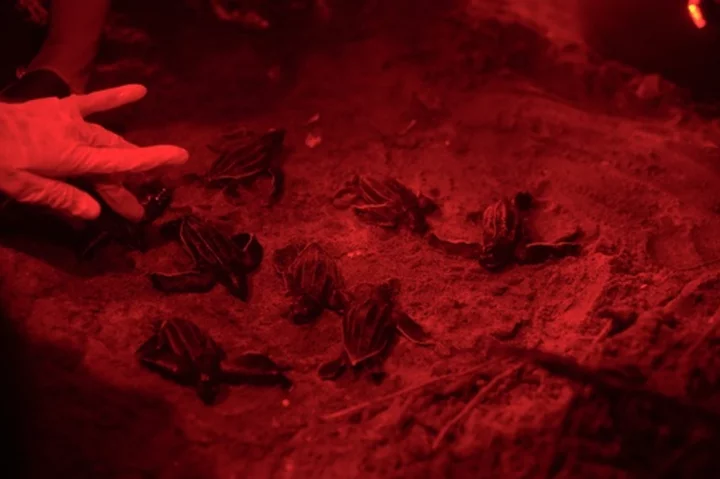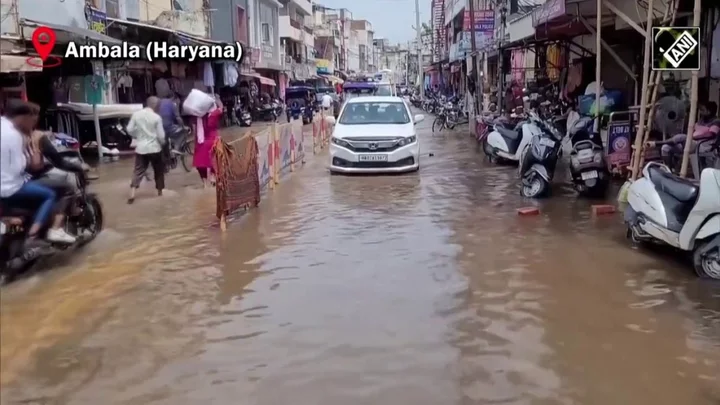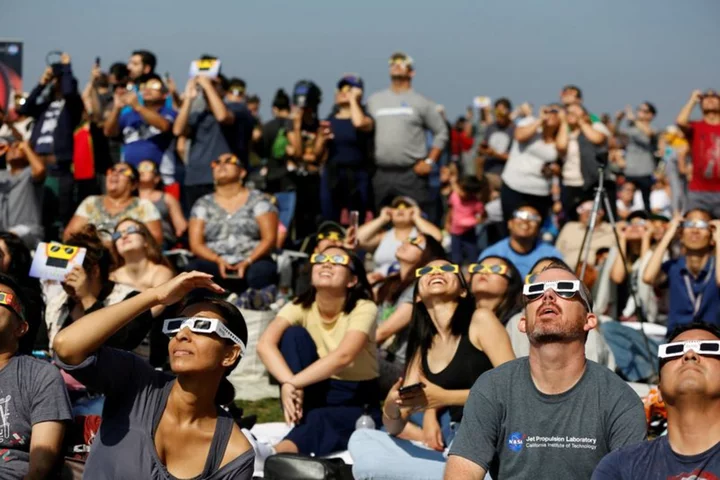As temperatures hit 119F in Phoenix last Thursday, doctors at Valleywise Health Medical Center saw a patient whose internal temperature was at least 110F — the maximum registered by its thermometers.
Needing to cool the patient down as quickly as possible, the emergency medical team turned to a technique they had designed and honed themselves: immersing the person in a body bag filled with ice. It worked. In less than half an hour, the patient’s temperature was down to about 102F, low enough to move on to further treatment and observation. The next day, the medical team had to pull out a new body bag.
All over the world, this July has been record-setting hot — the result of an intensifying El Niño in the Pacific Ocean layered on top of a worsening climate change. The impacts are especially severe in Phoenix, ground zero for extreme heat in the US. The city has experienced 25 consecutive days with temperatures of at least 110F, a record. At night, temperatures have hovered in the 90s.
“Even for us locals, it’s just too hot,” says Geoff Comp, an emergency doctor at Valleywise and a Phoenix native. The heat’s impact is “scary,” he says. “People are getting really, really sick.”
In July, the two Valleywise hospitals in Phoenix have treated patients for heat illness on a daily basis, Comp says. In Maricopa County, which includes Phoenix, officials have confirmed 18 heat-related deaths this year and are investigating 69 more.
“This is a problem every summer for us,” says Nick Staab, medical epidemiologist at the Maricopa County Department of Health. “Over the last couple of years, we’re just seen a consistent increase in the number of heat-related deaths. In 2022, we saw 425 deaths and that was a 25% increase over 2021.”
For years, the Valleywise emergency medical team treated patients suffering from heat illness using what’s known as “evaporative cooling.” That could mean spraying a patient with water while a fan blows on them, for example. “It works but it’s not really efficient,” Comp says.
The hospital’s staff and students wanted to find a better way — and felt they needed to, given Phoenix’s propensity for extreme heat and the vulnerability of some parts of its population. Many of those who come into the hospital with heat stroke are also suffering from substance abuse.
In 2020, Comp says a resident at Valleywise suggested treating heat illness by immersing patients in ice. Although uncommon in hospital settings, the practice is ubiquitous in professional sports. The following year, the medical team, including Comp, started experimenting with body bags full of ice.
Today, the ice treatment is standard protocol at both Valleywise hospitals in Phoenix. If a patient is diagnosed with heat stroke, they are “taken immediately from a stretcher and placed in one of our body bags filled with ice and water,” Comp says. A core-temperature sensing probe is inserted into the person’s bladder to identify their initial maximum temperature and to track cooling. An IV is also used to administer fluids; other tests and monitoring can be conducted while the patient is in the ice bag. The heat is dry in Phoenix, which makes the body’s innate tools for adjusting to it relatively effective. Sweating works because when sweat evaporates, it cools our skin and the blood circulating close to it. But “over certain temperatures, that becomes less effective,” Staab says. “There’s no way that the body can keep up with exposures to high temperatures.” Heat stress on the body manifests in a number of ways, from sun burns to heat exhaustion. But the most dire form of heat illness is called heat stroke, and occurs when the core body temperature is 103F or higher. Skin becomes hot and red; dizziness, nausea, confusion and fainting are common. This is the point at which “you start to have multi-organ system failure,” Staab says. “This is what we are seeing in our hospitals.”Comp declined to share data on the efficacy of the ice-bag technique, citing its newness, but says the Valleywise team has found it to be a “great way to treat this local emergency that we have.” The ice-filled bags can bring down core temperature in less than an hour, he says, and often in less than 30 minutes.
What Comp hopes people take away from the body-bag method is not how easy it is to cool down quickly, but how easy it is to be laid low by dangerously high temperatures. “My recommendation and my hope is people recognize that it’s very easy to get caught in the heat,” he says. “The overall message is stay hydrated, know your limits and try to keep cool as best you can.”









